Top 10 Plot Pitfalls for Self-Builders
When you buy a site, or a building for conversion, you need to be sure that you’ll be able to construct the home you want on it.
It’s essential, therefore, that you’re aware of the warning signs that could signal problems ahead. These could be planning issues, legal complications or practical constraints with the land itself.
We’ll have a look at these so that you’re both forearmed and forewarned!
1. Planning permission
A site without planning permission isn’t a building plot. It might have the potential to become one, but you can’t be confident until there is consent in place.
The council can offer pre-application advice on this, however this is not 100% reliable. Do not pay full price for a building plot, unless it has permission. If it doesn’t, buy via an option agreement or conditional contract that will delay your final purchase.
Land Appraisal: Garden Site in OxfordshireBuild It’s plot watch expert Mike Dade went to assess the potential of this garden plot in Oxfordshire back in 2012. He had to consider many features of the plot, from the location to the planning policy. Read about what he discovers when he goes back to visit the plot in 2019. |
Discover more of Mike Dade’s plot watches
PlotBrowser.com – the quickest route to finding a genuine building plotThe latest addition to Build It’s series of powerful project tools, PlotBrowser.com is your dedicated self build land resource. You’ll find 1,000s of plots and properties to view nationwide, all with outline or full planning permission in place – including the council planning reference so you can understand whether the plot can support the kind of house you’d like to create. |
Assuming you’re buying a plot with planning permission, the first thing to check is the date on that permission. Planning only lasts three years (not five, as it used to). Permission that’s only got six months left to run might leave you short of time if you want to amend it in some way. Lenders will look at how long a permission has to run and won’t be happy if the timing is too tight.
Renewal of permission isn’t a foregone conclusion, so don’t risk running out of time before you can start your build.
2. Planning conditions
Planning permission, be it outline or detailed, always comes with conditions attached. Some require you to seek the council’s approval for details like external materials or landscaping. But they can be more fundamental, such as on outline permission, restricting the house to a single storey.
Worse still are conditions that require something to be done. For instance, this could be improving access, where not all the land necessary to complete the works would be within your control.
Green Oak Self-Build with Glazed Gables
|
If a planning permission expires before you can sort out any conditions and start work, then you should renew it well before it runs out.
All things being equal, that should be straightforward – but things aren’t always equal. Policy could have been altered in the three years since the previous permission, or planning officers and councillors could have changed.
Physical circumstances on the ground could have changed too. For instance, there may be new developments nearby; potentially trees could have been removed or maybe new neighbours have moved in.
3. The Scams
An unfortunate and long-running feature of the plot market has been small parcels of land offered for sale at irresistibly attractive prices. These are usually fields or paddocks. They are often divided up into numerous small parcels of around a quarter of an acre, often located within the green belt or open countryside.
The defining feature they all share is that none of them have a cat’s chance in hell of getting planning permission for new houses. So, at risk of stating the obvious, if it looks too good to be true, then it almost certainly is.
4. Legal matters
Legal issues include restrictive covenants, disputes concerning rights of way over the plot or rights of access and boundary disputes. You’ll need to refer any of these to your solicitor for an opinion.
Anything that could prevent you from building as you intend needs careful consideration. Some issues, like old restrictive covenants, can sometimes be dealt with by taking out indemnity insurance. Access and boundary disputes can drag you into protracted and expensive arguments which are best avoided.
5. Conservation
Check whether the plot is in a conservation area, or close to a listed building. Both could impose constraints on how you develop the house and grounds in future and could impose extra costs.
Contemporary Timber Frame Home in a Conservation Area
This home was built in a conservation area, which meant that their was less freedom in the planning and design process. Protected trees circle the property, and so features such as a ground source heat pump could not be installed. Nonetheless, the end result is stunning and the house won the 2015 Design Award. |
So-called permitted development rights, which enable you to extend your house or put up outbuildings without having to get planning permission are restricted in conservation areas, so take this into account if you’re thinking of expanding your house in future.
6. Drainage and flooding
Flood risk will have been taken into account when permission was granted on your plot. That said, since permission was granted flooding could have got worse, or improved due to some mitigation scheme. If your plot’s in a flood risk area, double check that nothing’s changed before you buy.
If foul drainage is to a public sewer, check you can connect without crossing someone else’s land, and that there’s adequate capacity. With surface water, if the chosen method of disposal is via a soakaway, check that water does indeed soak away (which it probably wouldn’t on heavy clay). Different solutions have different cost implications which you need to know about before you finalise an offer.
7. Access
A site served by a long and narrow access could fall foul of Building Regulations because a fire engine would not be able to gain access. Such an issue wouldn’t necessarily prevent planning permission being granted, but planning doesn’t trump building regards. So, always check the practicalities of any long or constrained access.
8. Trees
If you like an open sunny garden, and the plot’s covered in trees, don’t just assume they can all come down!
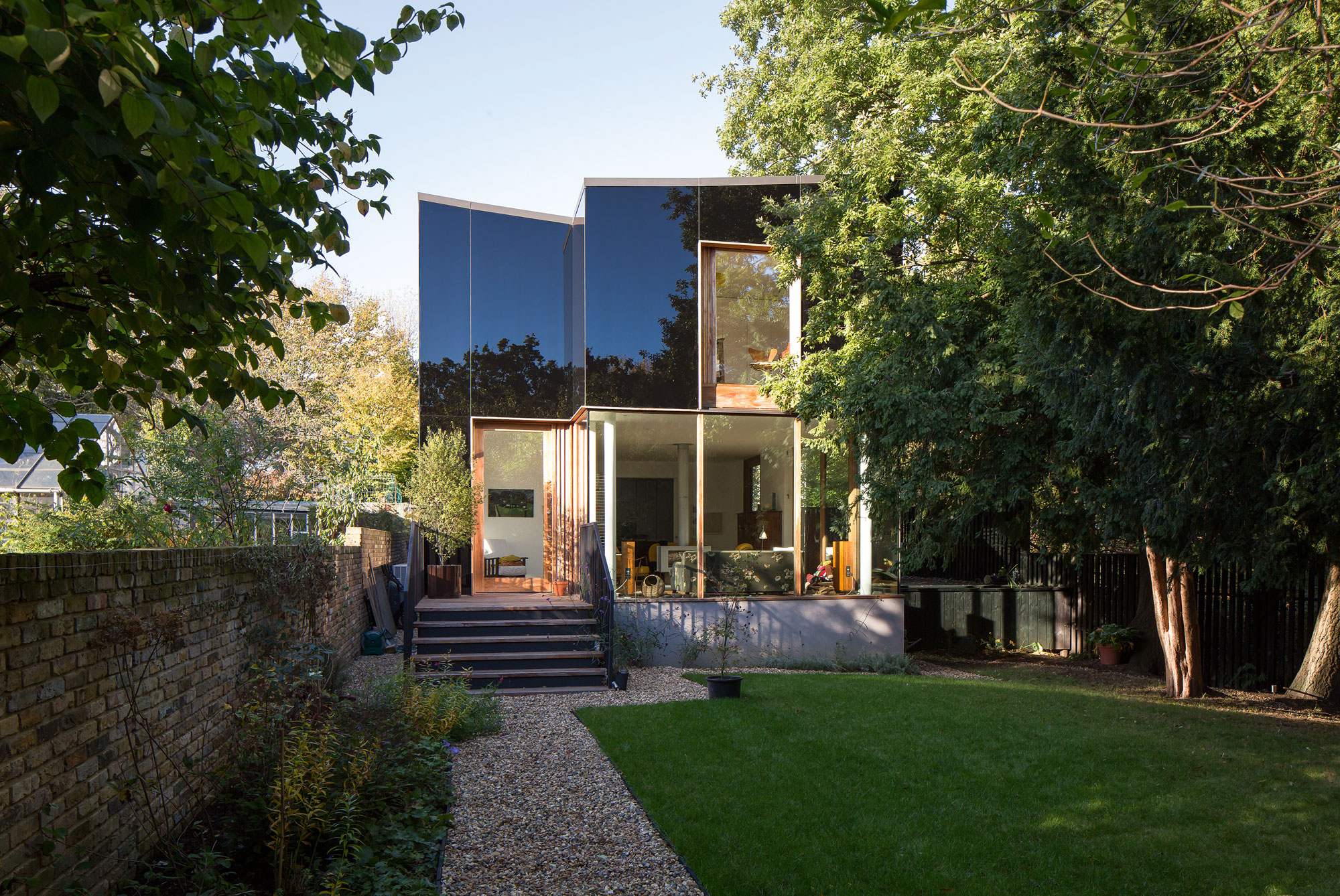
This house designed by architects Ian McChesney was built close to trees. The designers had to negotiate extensively with the local planning department, mainly because of the location within a conservation area.
Trees on plots can be a bane or a blessing. Check whether any have tree preservation orders (noting that in a conservation area, all trees are protected) and which, if any, are to be felled. A tree survey will probably have been submitted with the application. This could specify particular protection measures during the build, or even specific foundation requirements, which could have cost implications.
9. Protected species
The number of protected species, both plants and animals, is huge. If any are suspected on your plot, the council will probably have taken this into account in granting permission. Sometimes, though, if protected species are suspected on a site, conditions are imposed on planning permission, meaning it requires follow-up surveys.
These surveys, and any mitigation works needed if protected species are found, can be expensive and can cause considerable delays. So, if you find a badger set on the plot, the best advice would be to leave it to the badgers!
10. Ground conditions and contamination
Planning takes no account of ground conditions, and foundations costs vary greatly depending on whether a plot is on stable rock, heavy clay or made-up ground. Make sure you know what’s under yours.
If your plot was formerly in industrial use, or subject to tipping, or perhaps a hole or pond was filled in the past, then contamination or instability is a possibility. Usually contamination is picked up at the planning stage, and as ever, conditions attached to the permission might require follow up investigations and mitigation measures. Needless to say, these can prove expensive.
Main image: This garden building has been let out as a home for several years, and could have potential to be replaced with a larger bungalow
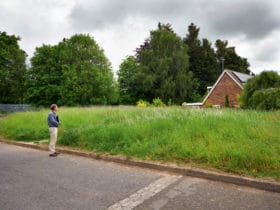






























































































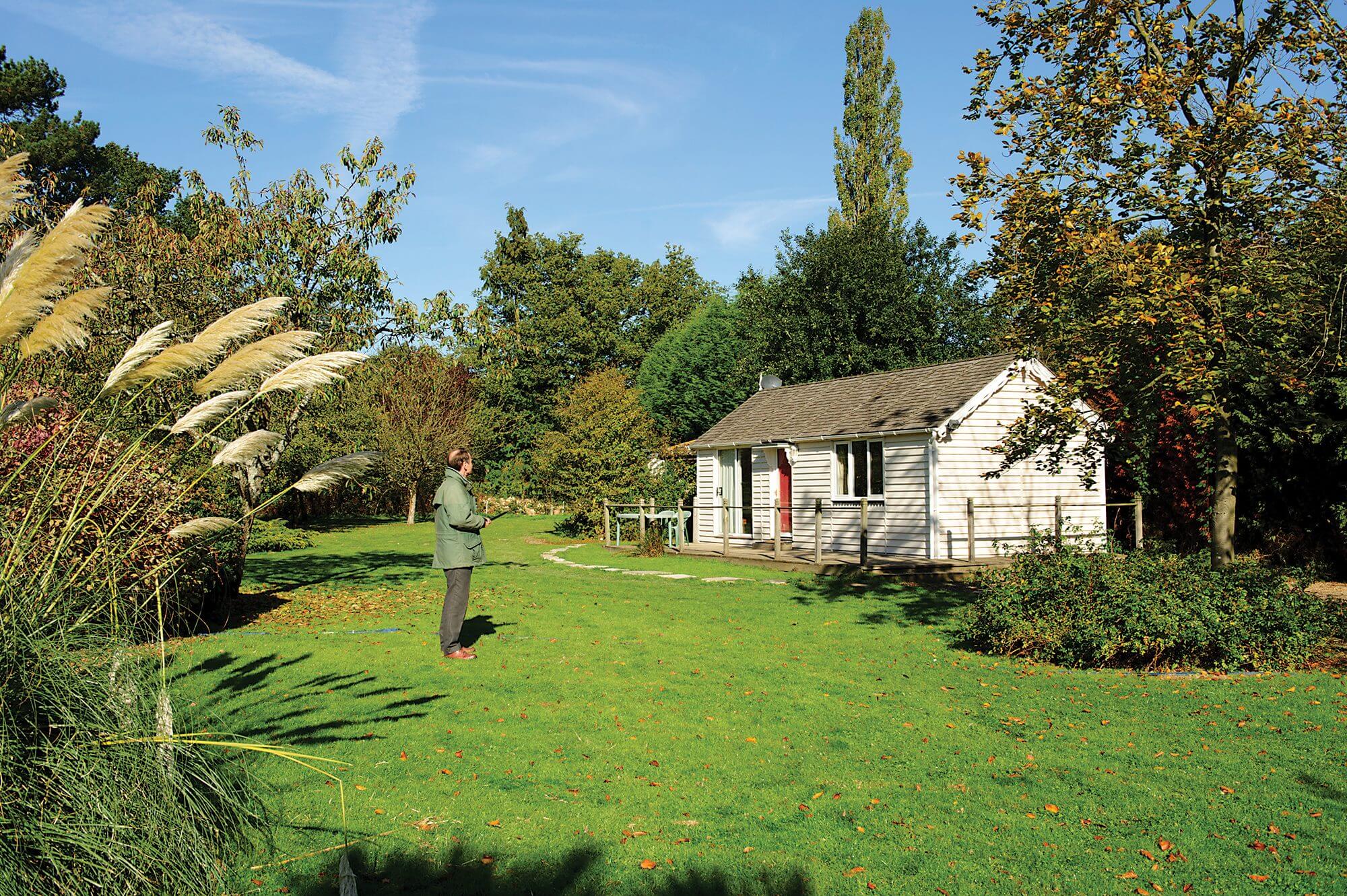
 Login/register to save Article for later
Login/register to save Article for later

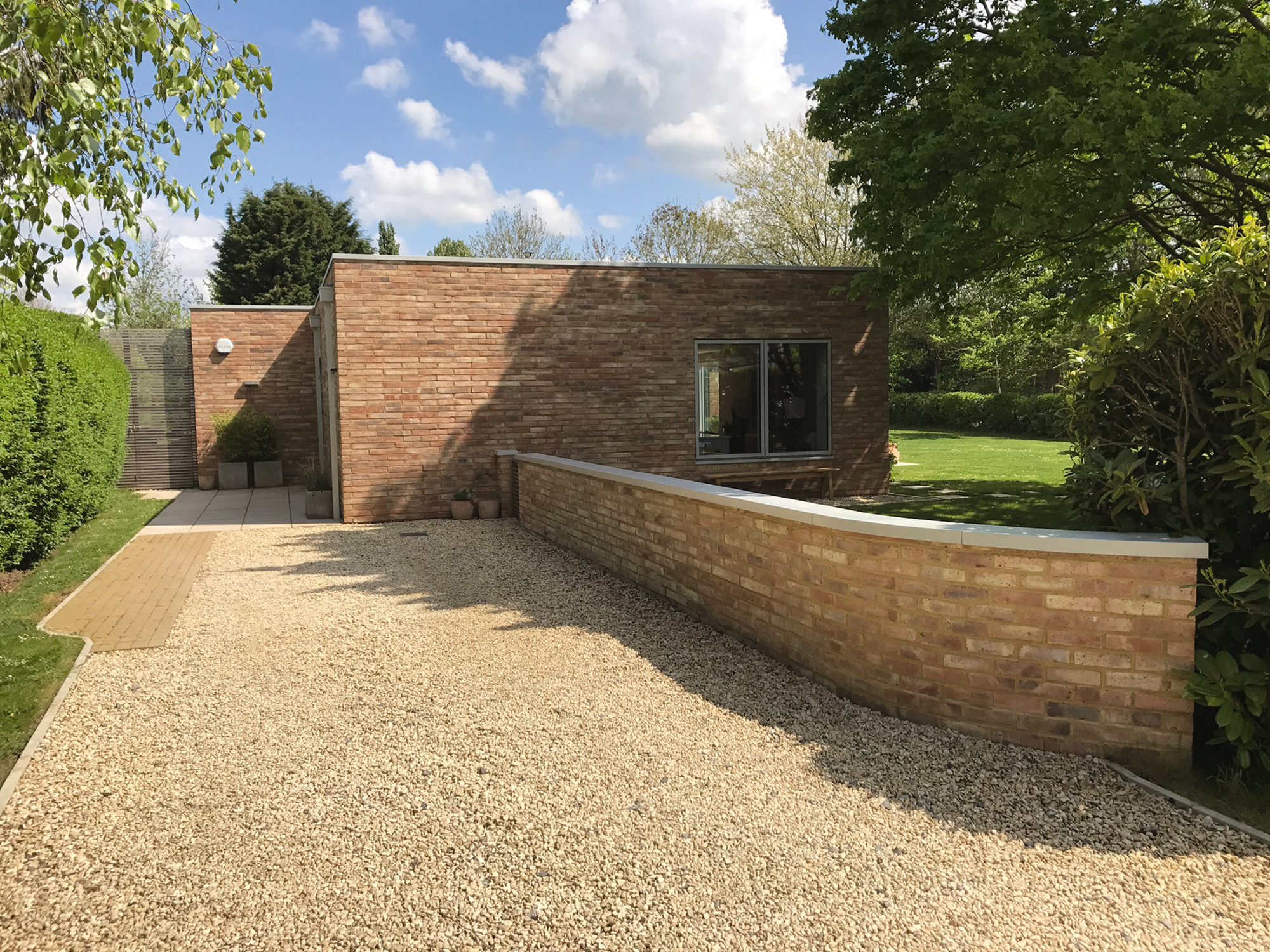
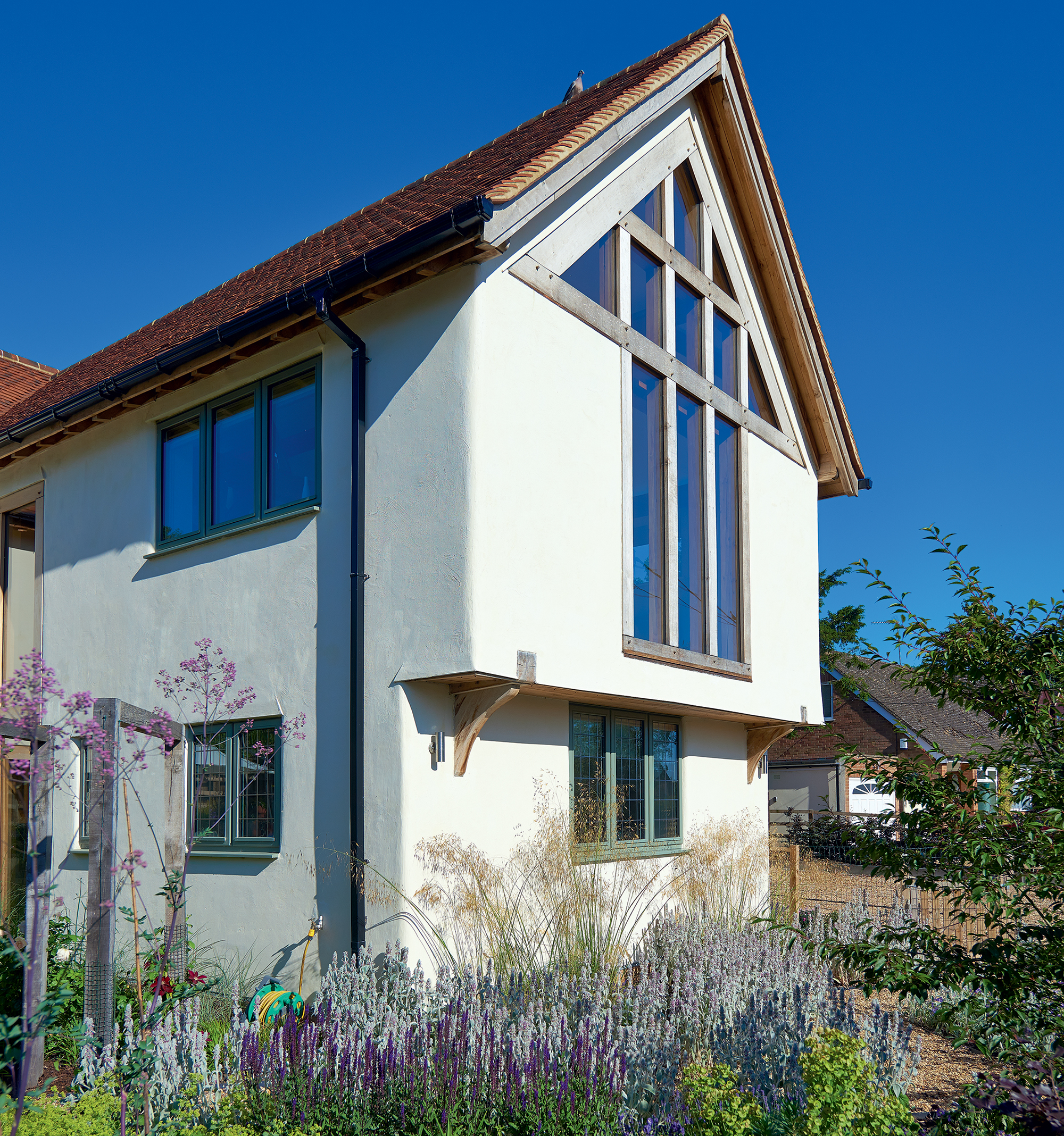 This house was built on a plot with 26 planning conditions. Despite this, the final design was not compromised and the end result was a striking self-build home.
This house was built on a plot with 26 planning conditions. Despite this, the final design was not compromised and the end result was a striking self-build home.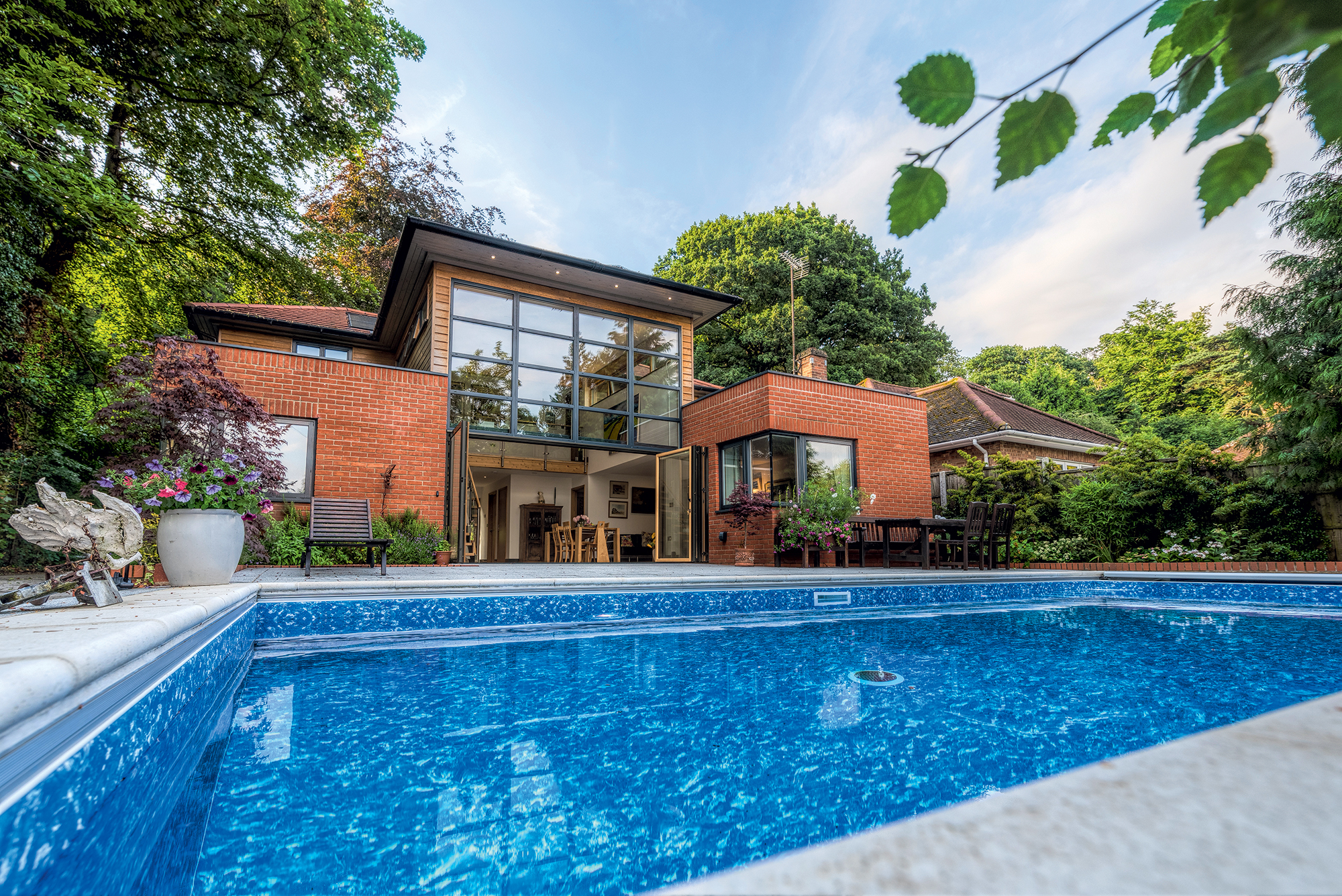



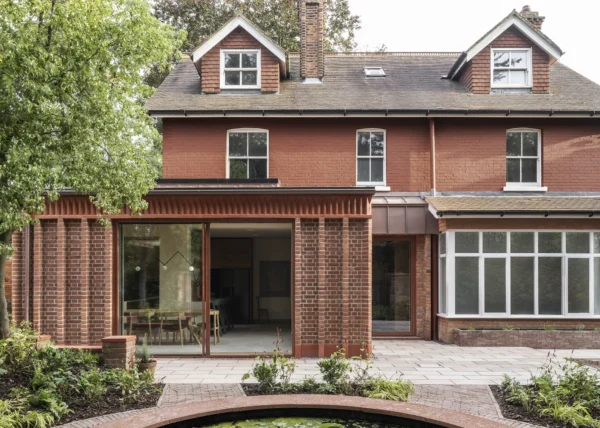
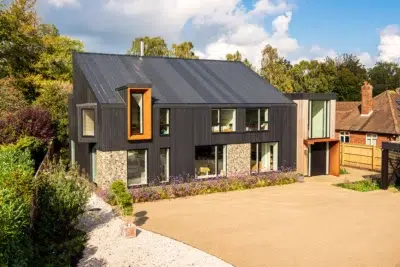
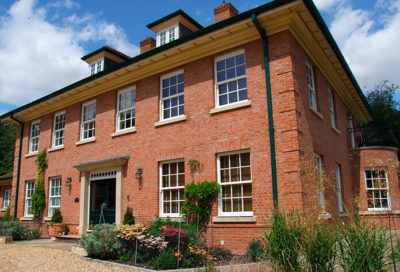
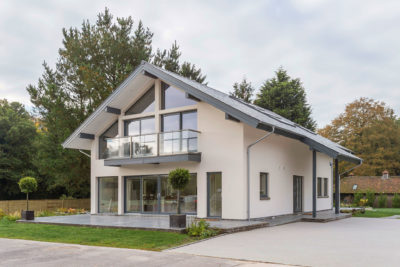
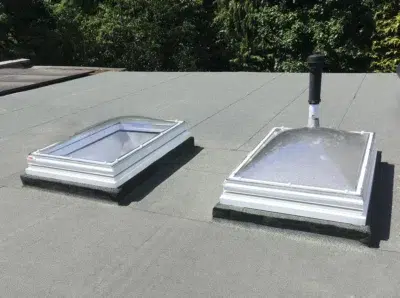





Comments are closed.